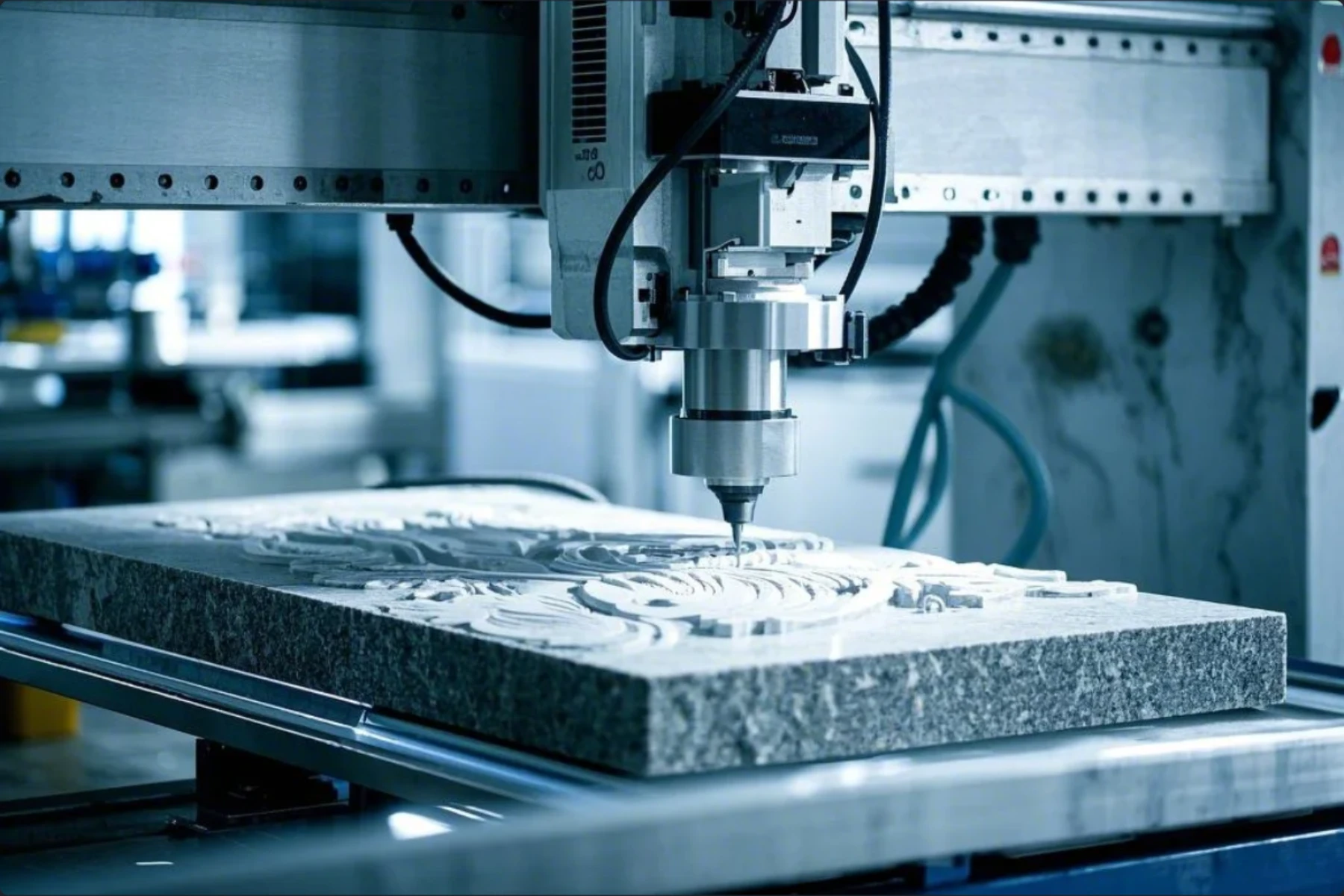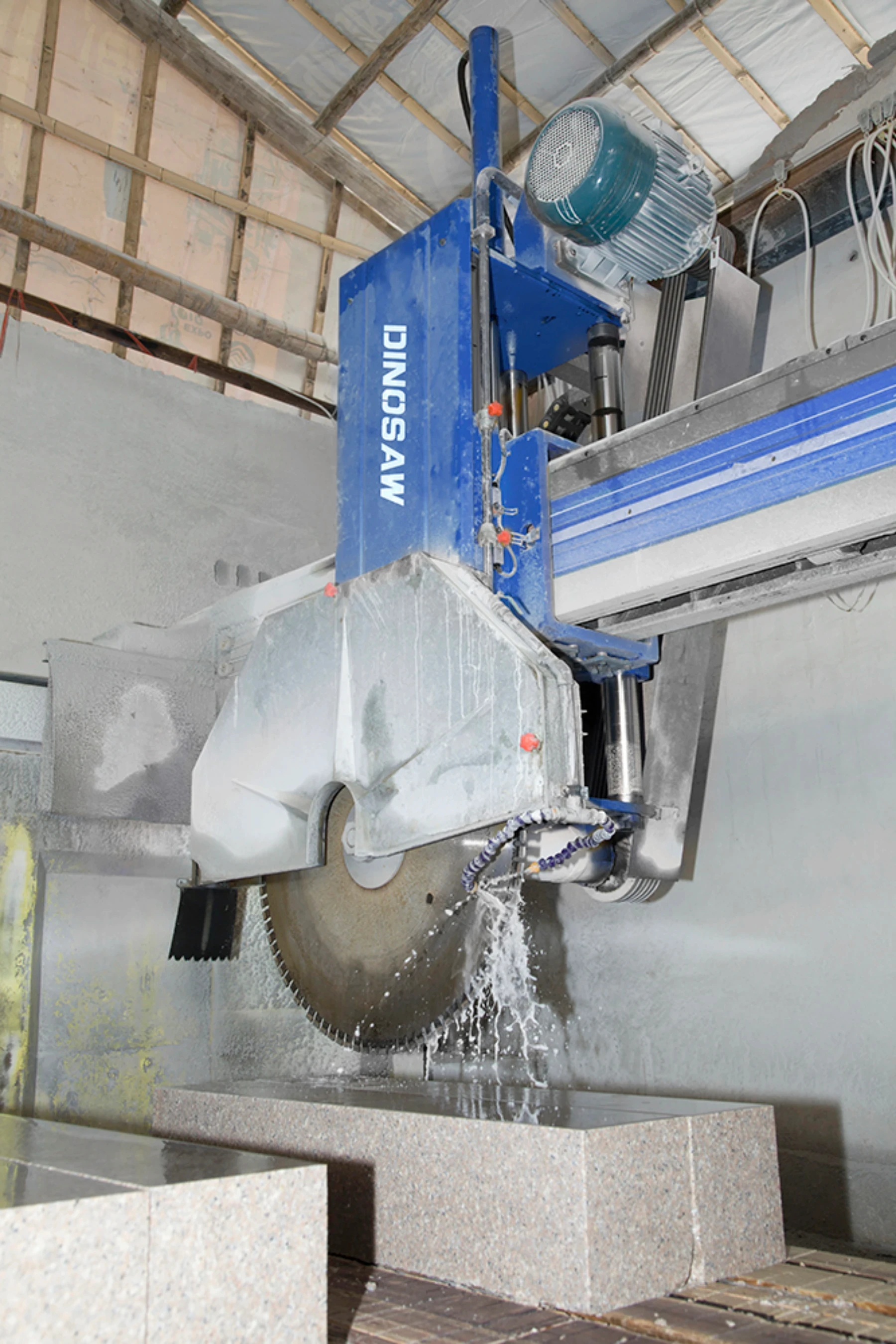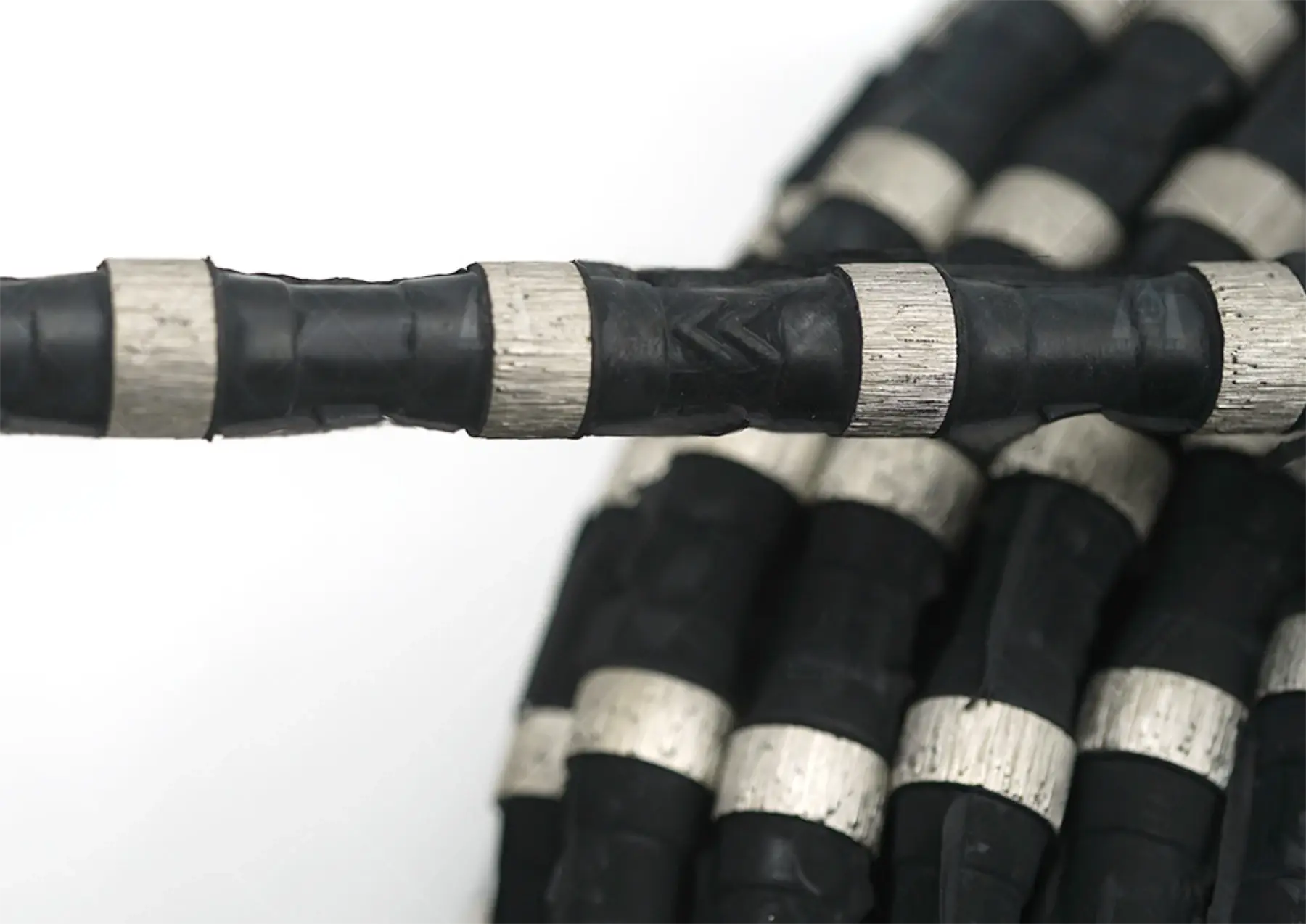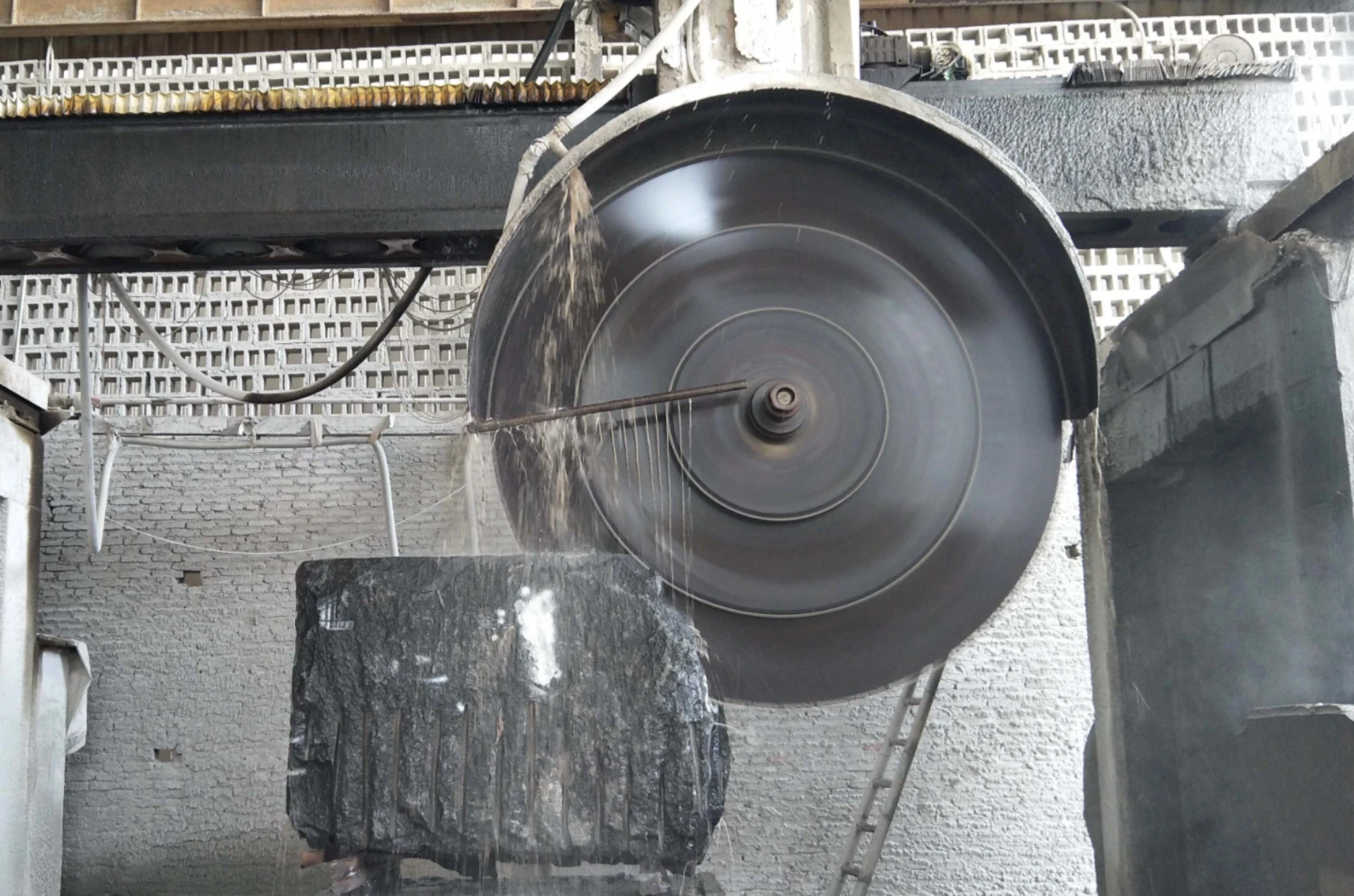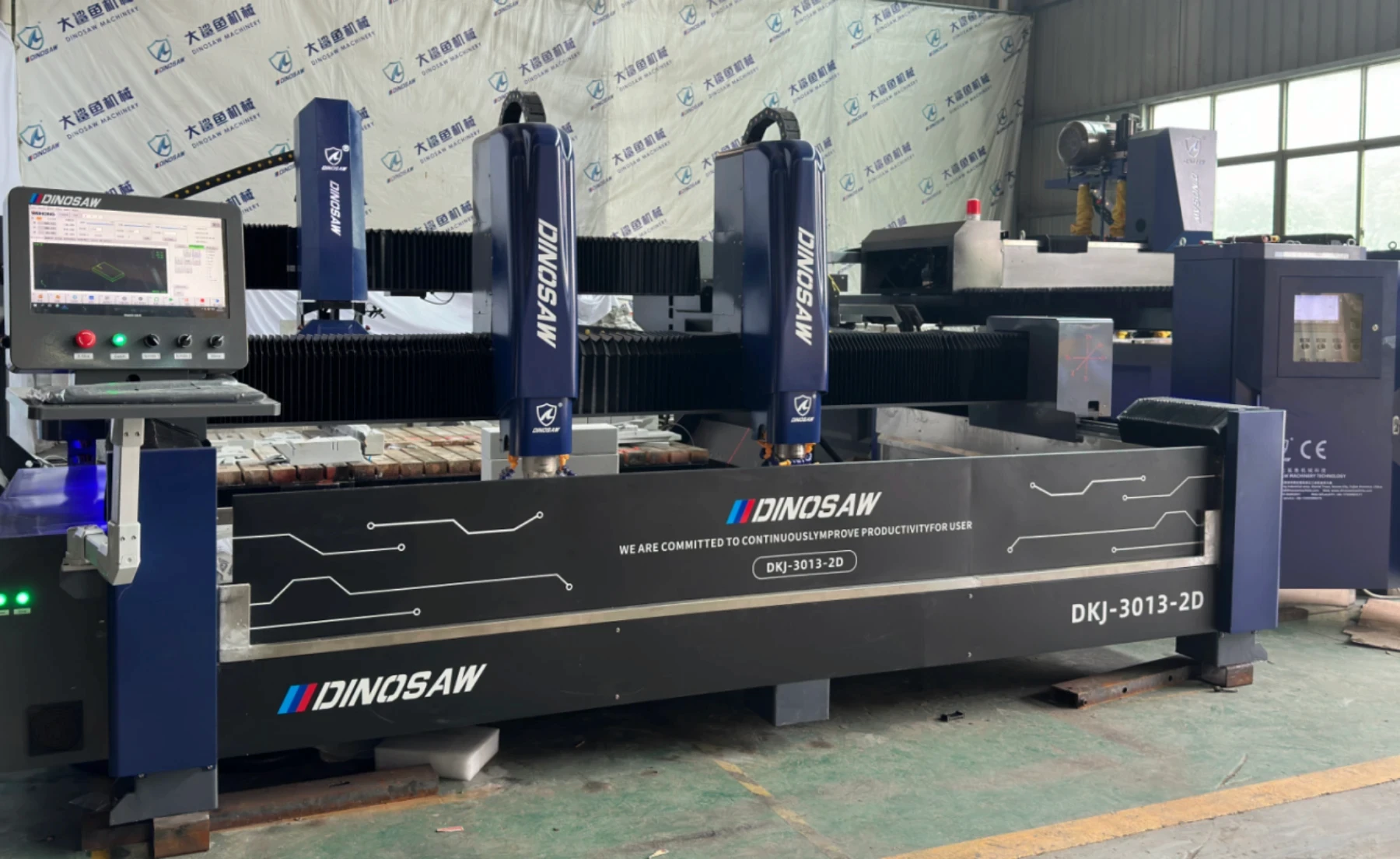

Creating Perfect Stone Spheres with CNC Stone Lathe
Need perfectly round stone spheres in just 30-40 minutes? CNC stone lathe technology transforms a traditionally labor-intensive craft into a precise, efficient process. This guide shows you exactly how automated stone sphere production delivers consistent, high-quality results across various materials from granite and marble to jade and crystal.
Modern Stone Sphere Production Process
The automated stone manufacturing process eliminates the inconsistency and physical demands of traditional handcrafting. By leveraging precision CNC technology, what once required weeks of skilled labor now follows three streamlined steps for efficient fountain ball making and bollard sphere production:
Prepare the material - Use square-shaped stone blocks of appropriate size that match your project requirements.
Shape the spheres with precision using a dedicated CNC stone lathe, transforming the stone block into a perfect sphere through automated processes.
Polish the surface to achieve the desired finish using automated stone ball polishing machines or specialized robotic systems, delivering consistent quality across all materials.

Before beginning the production process, selecting the right equipment is crucial for your specific project requirements. The two main machine options for stone sphere production are:
CNC stone lathe - Ideal for spheres up to 600mm diameter, offering integrated cutting and initial grinding in one system. Perfect for decorative spheres, bollards, and smaller Kugel fountains.
CNC column cap & base profiling machine - For larger spheres up to 2000mm diameter, suitable for monumental pieces and large architectural elements. Requires pairing with polishing machine combinations to complete production.
When selecting your equipment, consider these key factors:
Production scale - For high-volume production, choose systems with automated material handling capabilities
Application consistency - For architectural applications requiring multiple identical pieces, specialized cutting systems ensure uniformity
Workflow efficiency - Equipment compatible with polishing systems creates seamless production transitions
Material versatility - Adaptive processing capabilities automatically adjust to various stone types and hardness levels
With the right equipment selected, you can now proceed with the three-step production process. Now, let's explore each step of this streamlined process in detail:

Step 1: How to Select and Prepare Materials for Stone Balls
When making stone balls, proper material selection is crucial for both aesthetics and durability. Begin by determining the specific requirements of your project:
Purpose considerations - Select harder materials like granite for outdoor installations exposed to weather, while softer stones like marble or limestone work well for protected indoor applications.
Size requirements - For larger spheres (over 600mm diameter), ensure your material source can provide adequately sized blocks with minimal natural defects.
Material inspection - Examine stone blocks for internal cracks, color consistency, and material integrity before processing to avoid wasted effort on flawed materials.
For optimal results when using CNC technology, your stone block should be square-shaped with dimensions slightly larger than the final sphere diameter, typically allowing for 10-15% material removal during shaping. Any standard stone cutting machine can prepare these blocks to the required specifications.
Modern CNC stone processing technology handles virtually all stone types effectively. From granite ball making to marble sphere production, you can process diverse materials including: Granite, Marble, Limestone,Sandstone, Basalt, Engineered stone, Crystal, Jade, and more.
A key advantage of CNC processing is its ability to work with materials of varying hardness without the extensive labor traditionally required for harder stones like granite. This versatility allows you to select materials based on design requirements rather than processing limitations.
Material Selection Tips for CNC Stone Ball Production
Check material integrity - Inspect stone blocks thoroughly for hidden cracks or fissures that might compromise the final product
Consider material wastage - While CNC processing generates less waste than traditional methods, factor in approximately 15-20% material loss during manufacturing
Plan for finishing needs - Different stone types require specific polishing compounds and techniques; prepare these resources before beginning production
Temperature sensitivity - Some materials like certain marbles may be sensitive to rapid temperature changes during cutting; ensure your workshop environment is controlled

Step 2: How to Prepare Stone Material and Create Blanks
The preparation and blank creation phase establishes the foundation for successful stone sphere production. Here's how to approach this critical step:
When working with CNC technology, follow these practical steps to prepare your material:
Square block preparation - Cut your stone into a square block slightly larger than the final sphere diameter. Ensure all sides are relatively even, though precise dimensions aren't critical as the CNC machine will handle the shaping. Any standard stone cutting machine can prepare these blocks.
Material mounting and setup - Secure the stone block firmly in the machine's holding system. Ensure it's centered and balanced to prevent vibration during rotation. Check that cooling water systems are properly functioning before beginning the cutting process.
The key to successful material preparation is proper securing and alignment. When mounting your material, ensure that:
The stone block is securely mounted to prevent movement during cutting
Cooling water systems are properly functioning to prevent heat damage to both the stone and cutting tools
Cutting speed is adjusted according to material hardness - slower speeds for harder materials like granite
Modern CNC systems significantly simplify this process by processing stone blocks 80% faster than traditional methods while reducing the skill requirements for operators.

Step 3: How to Shape Perfect Stone Spheres
Creating perfectly round stone spheres requires proper machine setup and operation. Follow these steps to achieve optimal results:
The sphere shaping process involves these key operations:
Material mounting - Begin by securing your stone block in the CNC stone lathe. Use the machine's clamping system to center the block precisely. Check that it's firmly held but not over-tightened, which could cause cracking. Test by gently pushing the material to ensure zero movement.
Rotation and cutting setup - Access the control panel and select the appropriate program for your sphere size. For granite, set rotation speeds between 10-15 RPM; for softer materials like marble, 15-20 RPM works better. Input the exact sphere diameter required and verify the cutting blade is properly positioned.
Progressive material removal - Initiate the cutting sequence and monitor as the machine begins removing material in precisely calculated passes. The DINOSAW CNC system will automatically adjust cutting depth as the sphere takes shape. Allow the program to complete without interruption unless you notice unusual vibration or sounds.
Sphericity verification - Once the cutting cycle completes, use the provided calipers to measure the sphere diameter at multiple points. The measurements should be within ±0.5mm of each other. If needed, you can run a fine-tuning program to address any minor inconsistencies before proceeding to polishing.
DINOSAW's CNC stone sphere machines automate this entire process through their proprietary control system. With one-click selection of cutting processes and built-in shape libraries, the operator simply mounts the stone and selects the desired program. This technology produces consistently perfect spheres regardless of material hardness or operator skill level.
The automated process can complete a stone bollard in just 30-40 minutes, compared to hours using traditional methods. The precision control ensures dimensional accuracy within ±0.5mm even for complex materials like jade or granite.
CNC Stone Lathe Operating Tips
User-friendly operation - Modern CNC interfaces allow even operators with minimal training to produce perfect results through intuitive controls
Built-in processing libraries - Utilize pre-programmed cutting processes from the machine's extensive built-in library for consistent results
Tool path optimization - Let the system automatically generate optimal cutting paths that maximize efficiency and surface quality
Active monitoring - Take advantage of real-time monitoring capabilities with adaptive processing adjustments that respond to material conditions
Workflow integration - Connect cutting and polishing control systems to eliminate separate processing steps and reduce handling time

Step 4: How to Achieve Perfect Surface Finishing and Polishing
The final surface finishing determines the visual appeal and tactile quality of your stone spheres. Follow these specific steps to achieve professional results:
Surface finishing for stone spheres typically follows these progressive steps:
Initial grinding - After the sphere is formed, start the integrated grinding program on your CNC machine. Select the coarsest abrasive setting (typically 50-100 grit) and ensure water flow is adequate at 8-10 liters per minute. This first pass removes all cutting marks and creates a uniform surface texture.
Progressive refinement - Once the initial grinding is complete, switch to the next finer abrasive setting in sequence. For standard finishing, follow this progression: 100→200→400→800→1500→3000 grit. Allow each cycle to complete fully before proceeding to the next, and check surface consistency between cycles.
Final polishing - For the final polish, apply the appropriate compound for your stone type (silicon-based for granite, oxalic acid-based for marble). Program the machine to run at lower pressure with longer contact time. This develops the characteristic luster of the stone while preserving the perfect sphericity achieved in earlier steps.
Quality verification - Use the machine's integrated sensors or a handheld light reflectivity meter to verify surface consistency. Check for any spots that might show less polish, and run targeted touch-up programs if needed. Finally, clean the sphere with appropriate stone-safe cleaners and dry completely before packaging.
To achieve consistent, high-quality results efficiently, modern stone fabrication facilities use automated finishing systems rather than manual techniques. You have two main options:
Programmable polishing machines - These systems follow pre-set patterns to systematically polish the sphere, maintaining consistent pressure and coverage.
Robotic polishing systems - Advanced robotic arms with force-feedback capabilities can adapt to the sphere's contours, providing superior precision for complex patterns and variable curvatures.
These stone ball polishing machines and automated sphere finishing systems significantly reduce labor requirements while ensuring uniform surface quality. The technology reduces finishing costs by 70-80% compared to manual methods while allowing precise control over surface appearance from matte to mirror-like finishes.

Material-Specific Polishing Guidelines
Granite spheres - Require diamond abrasives throughout the process; expect longer polishing cycles due to material hardness
Marble spheres - Benefit from specialized polishing compounds in the final stages; may require sealing to prevent staining
Limestone and sandstone - Need careful moisture control during processing; typically finished to lower grit levels for a natural appearance
Crystal and jade - Demand extra care with fine polishing stages; often require specialized polishing compounds to achieve characteristic luster
Engineered stone - Generally easier to polish with consistent results; respond well to standard polishing sequences

Stone Ball Materials and Applications
Natural stones: Granite (ideal for outdoor installations due to durability), marble (elegant for indoor applications), limestone, sandstone, basalt, and travertine can all be precisely shaped with CNC technology.
Engineered materials: Quartz composites and other manufactured stone products work excellently with CNC technology for consistent sphere production.
Specialty materials: Crystal and jade can achieve extraordinary precision with specialized equipment calibrated for these valuable materials.
These materials can be efficiently transformed into various applications with the CNC stone ball making process:
Stone bollards: Complete bollard sphere production in just 30-40 minutes per piece
Decorative spheres: Rapid marble sphere production and granite ball making with consistent quality regardless of complexity
Kugel fountains: Perfect fountain ball making achieved in a single automated operation for flawless floating effect
Architectural elements: Precise dimensions and surface finish in minimal time
Floating sphere fountains: Kugel fountains require absolute spherical perfection (±0.5mm) to achieve the proper floating effect on pressurized water.
Landscape features: Stone spheres create eye-catching elements for gardens, parks, and corporate environments with consistent quality across multiple pieces.
Security elements: Stone bollards provide aesthetically pleasing security barriers that blend with architectural designs while meeting strict dimensional specifications.
Water features: Perfect stone spheres serve as focal points in fountains, reflecting pools, and water gardens, with the manufacturing process ensuring they maintain visual appeal over time.

Additional Products from CNC Stone Lathe
Beyond stone balls, the versatility of this CNC technology extends to a variety of other architectural and decorative elements, multiplying your production capabilities with a single equipment investment.
The same CNC stone technology can be adapted for creating various cylindrical and spherical products, giving you remarkable production flexibility:
Stone planters and pots: Create elegant container gardens with precisely crafted stone vessels.
Column caps and bases: Produce architectural elements with consistent dimensions and details.
Balustrade components: Manufacture perfectly matched railing posts and decorative elements.
Decorative vases: Create intricate stone vessels with symmetrical profiles and delicate details.
Other cylindrical products: From garden rollers to architectural columns, the technology adapts to various shaped stone products.
Getting Started with Stone Ball Production
Ready to transform your stone fabrication capabilities with CNC stone machines? DINOSAW offers comprehensive solutions for stone sphere production:
Expert consultation: Contact DINOSAW specialists for a personalized assessment of your production needs and material requirements.
Equipment selection: Receive guidance on selecting the ideal CNC stone lathe configuration for your specific applications.
Complete solutions: Explore our comprehensive range of CNC stone processing equipment on the DINOSAW website.
By implementing modern CNC stone profiling machine, you can dramatically improve productivity, achieve superior quality, and expand your product offerings to meet growing market demands for precision stone spheres and related products.





